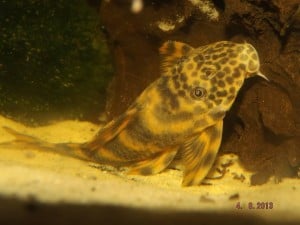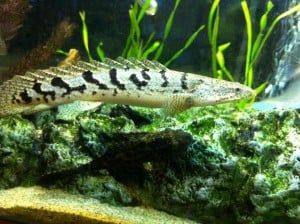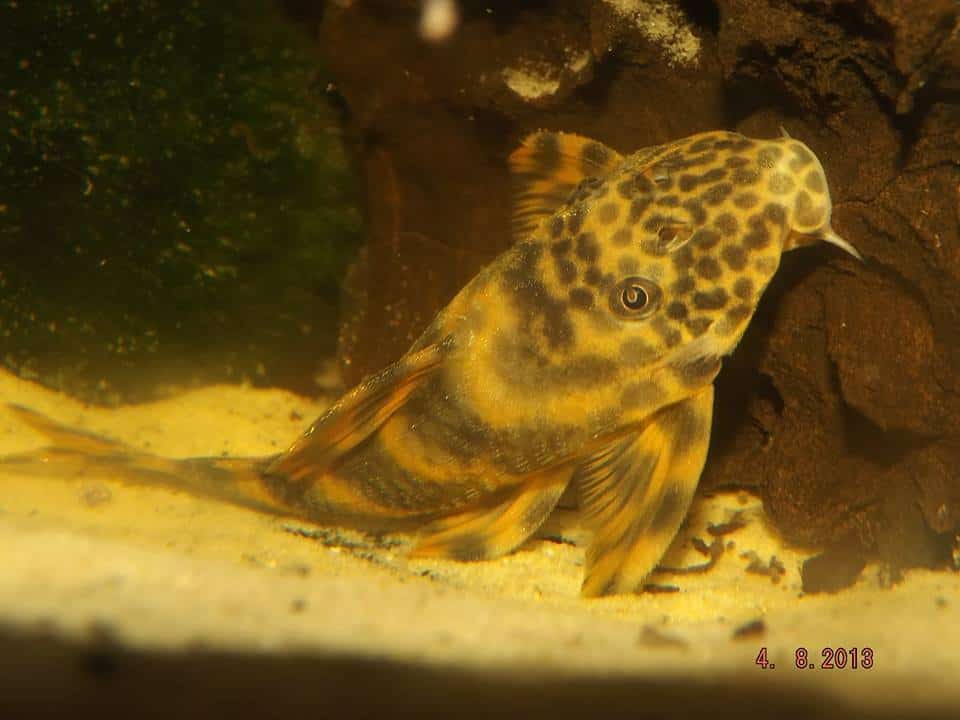Buying new fish is something every fish keeper does at one stage or another, which a lot of the time is trouble free…but not always. This article gives tips and advice on how to avoid problematic livestock, and what you as a fish keeper need to know when buying livestock.

When buying livestock, it is very important that you know all you need to know before taking it home. There isn’t always much information available in shops, so it is important to do your own research. So, what do you need to know? The following information is given for most tropical fish in the fish profiles area of the site.
Name: This will help when doing research; the scientific name will be most beneficial.
Max size: It is very important that you know what size the livestock will grow to. If you can’t accommodate it at adult size then avoid buying. The old wives tale that a fish will only grow to the size of the tank is very poor advice, as not giving a fish adequate space can lead to stunted growth, deformities, and an early death. You also don’t want to buy anything that may, at some point, eat any of your other livestock, or be eaten. The general rule of thumb is if it can fit in a fish’s mouth, expect it to be eaten!
Diet: Knowing a fish’s diet is also important, as feeding the wrong diet can lead to health problems, as well as feeding too much or too little.
Conditions: You also need to know what conditions the species requires, as not all livestock should live In the same water. Know your water, and buy fish to suit it, or if you want to keep a specific species, set the tank up to suit the species. Another couple of things to consider are if the livestock accepts the same temperature as your current livestock, and if you have a lot of flow, that the livestock can deal with it.
Compatibility: You will need to know the behaviour and aggressiveness of the livestock you plan on buying to ensure it is compatible with your current livestock. For example, you wouldn’t want a fin nipper with anything that has long flowing fins or an aggressive cichlid in a community tank etc.
Sensitivity: Another thing worth noting is if the livestock is sensitive to any chemicals, to avoid future upset by using the wrong treatment.

That’s the bog standard information covered that you must know before buying livestock, now for a couple of tips on purchasing healthy livestock….
Watch the livestock for a few minutes: If there’s any sign of anything suspicious, then I would recommend you avoid. Does the livestock swim awkwardly? Any signs of illness or disease? Any dead or dying fish in the tank, or a tank running on the same system? Clamped fins? Gills moving rapidly? Hanging at the surface? Flicking off the substrate or ornaments? Hiding in the corner? If you can answer yes to any of the previous, or anything I may have missed, then I would recommend waiting a while longer until the livestock is in perfect health, or look elsewhere.
Imports: If livestock is imported from out of the country, it is usually starved for a few days prior to import, so as not to fowl the water during shipping. Unfortunately this can sometimes lead to a hollow, indented stomach, and occasionally put a fish off food for good, leading to eventual death by starvation. If you’re suspicious of a fish that appears to have a hollow stomach, don’t be afraid to ask the dealer if you can see it being fed so you can see for yourself if it accepts food. If not then I would recommend avoiding.
You will also want to ensure the new livestock is properly acclimated to their new aquarium, although i won’t touch on that now, please take a look at our article explaining the acclimation of tropical fish for more information on this.


Related Posts
A Deeper Look In To Loach Fish Species
How Much Salt Should I Add To My Freshwater Aquarium
Everything You Need To Know About Using T5 Lights For Your Aquarium